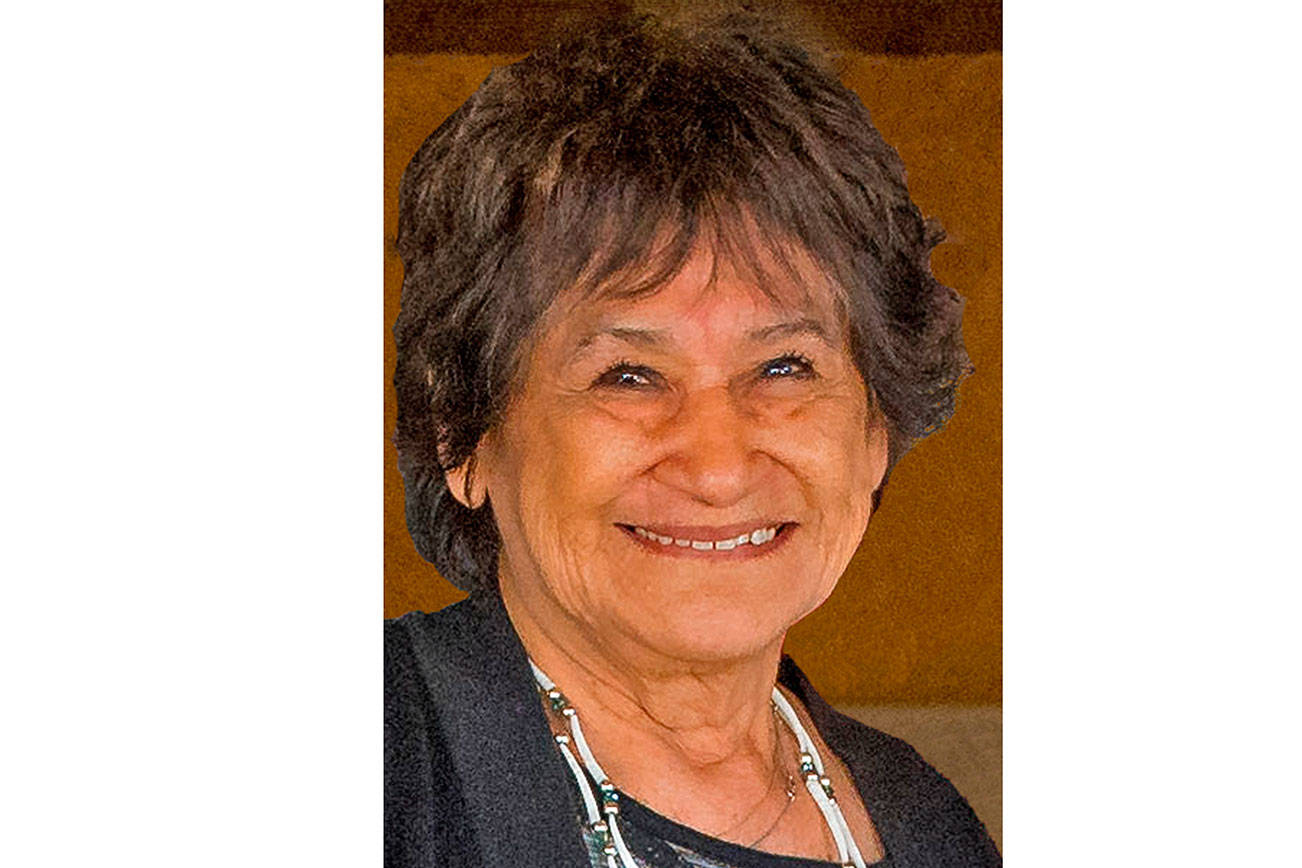Until we take real action to protect and restore salmon habitat, we are looking toward a future with more tightly restricted fisheries for everyone.
That’s the lesson after treaty tribal and state fisheries managers reached agreement last month through the North of Falcon process on a package of salmon fishing seasons for the 2020-21 season that provides greatly reduced harvest opportunity compared to recent years while still contributing to ongoing salmon recovery efforts.
The main reason for the decline of salmon throughout western Washington is that their habitat is being lost faster than it can be restored and protected, and the trend shows no signs of improvement.
We plan fisheries based on impacts to individual salmon stocks depending on their overall abundance and how many are needed to escape harvest and spawn. Treaty tribal and nontribal sport and commercial fisheries are structured to limit impacts on stocks of concern that are not expected to reach spawning goals.
Anticipated weak returns of chinook to the Stillaguamish River and mid-Hood Canal this year required extensive closures to protect dwindling populations. Coho returning to the Queets and Snohomish rivers were also stocks of concern.
We also are challenged by increasing predation by seals and sea lions, and the food needs of endangered southern resident orcas. Meanwhile, the ongoing effects of climate change threaten salmon and their habitat with drought, low stream flows and higher water temperatures.
The reductions we had to make this year are painful for both tribal and nontribal fishermen and fishing communities.
We already have steadily reduced tribal fisheries over time in response to declining salmon runs. Depressed chinook stocks mean there will be no tribal fishing on river systems in the Strait of Juan de Fuca, such as the Hoko, Elwha and Dungeness.
Unfortunately, the state had to substantially reduce its popular winter chinook recreational fishery in the Strait of Juan de Fuca, San Juan Islands and Hood Canal areas, to protect imperiled Stillaguamish chinook.
Stillaguamish chinook presented a greater management constraint than usual this year because only 990 total fish were forecast to return: 363 natural origin and 627 hatchery fish.
Under Endangered Species Act guidelines, the National Marine Fisheries Service determined that we need at least 400 returning Stillaguamish chinook to reach spawning grounds. That decision made the returning hatchery salmon especially important because they are produced for escapement, not harvest. They are key to an integrated recovery program that uses both hatchery and natural origin salmon to increase the abundance of adults returning to the spawning grounds.
Tribes rely on ceremonial and subsistence fisheries to feed our families and preserve our cultures. The Stillaguamish Tribe hopes to harvest just 30 chinook from the river this year for its annual First Salmon Ceremony and other traditions. Many tribal chinook fisheries have disappeared altogether. Tribal fishermen haven’t had a directed salmon harvest on chinook in the Nooksack River for more than 40 years.
We won’t be able to manage our way around the ongoing loss of salmon habitat much longer, but hope may be on the horizon.
A bright spot appeared this year when – for the first time – treaty tribal and state salmon co-managers included habitat recovery as part of fisheries management planning. Washington Department of Fish and Wildlife director Kelly Susewind pledged to work with the tribes to address habitat issues in the watersheds that are limiting natural production of salmon. Part of that effort will include a science-based instream flow assessment from a salmon point of view.
This is cause for hope because habitat protection and restoration – and cooperation – are the keys to salmon recovery. Working together to address habitat is the most important thing we can do to help salmon. We know what the future holds if we don’t.
Lorraine Loomis is chair of the Northwest Indian Fisheries Commission. See www.nwifc.org.



